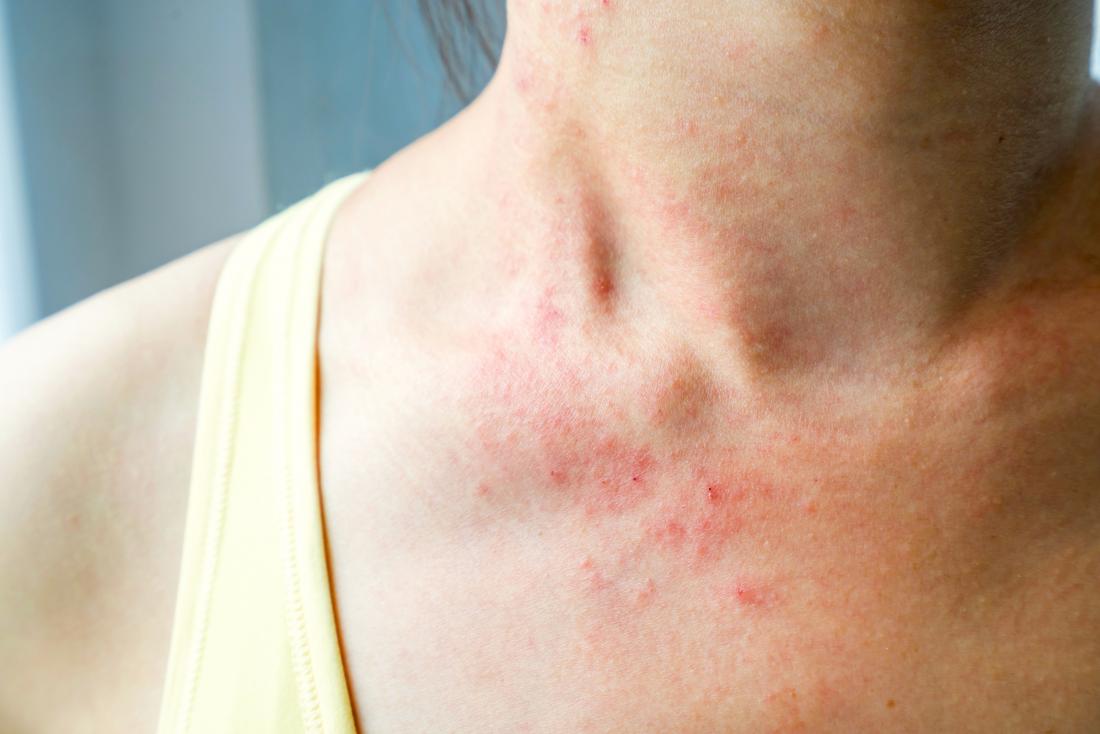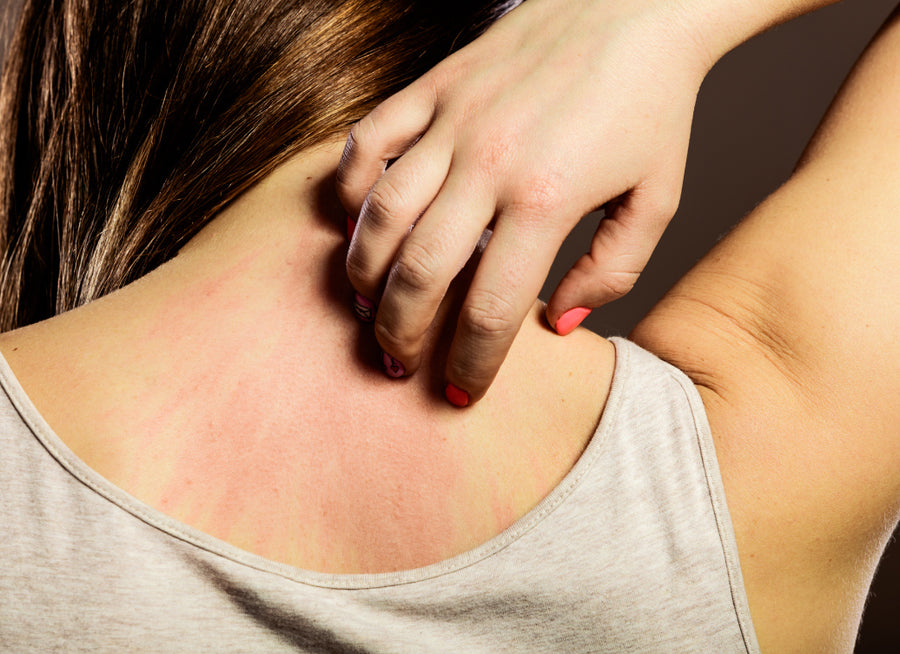As summer arrives and outdoor pools become a popular destination, many of us look forward to cooling off with a refreshing swim. However, frequent dips in chlorinated water can sometimes lead to a common skin irritation known as chlorine rash. This article delves into what chlorine rash is, how it develops, and effective ways to treat and prevent it, ensuring you can enjoy your summer swims without discomfort.

What is a Chlorine Rash?
Chlorine rash, a type of contact dermatitis, is an itchy and often irritating skin condition that can occur with prolonged exposure to chlorinated water. Dr. David Pearson, a dermatologist with M Health Fairview and the University of Minnesota Medical School, explains that chlorine rash falls into the same category as eczema. It usually appears in areas where there is more friction on the skin, such as under a bathing suit, on the thighs, or under the armpits. The rash typically presents as pink or red, depending on its severity.
Because chlorine rash resembles eczema, it can be challenging to identify. Consulting with a doctor about recent exposures can help determine if the skin irritation is indeed a chlorine rash or another form of contact dermatitis.
Development and Duration
Chlorine rash develops due to prolonged exposure to chlorinated water, which contains sodium hypochlorite – the same active ingredient found in household bleach but at a much lower concentration. According to Dr. Pearson, most skin irritation results not directly from the bleach itself but from how the bleach interacts with various substances we carry into the pool, such as sweat, skin cells, creams, and even urine. These interactions produce disinfection byproducts that can irritate the skin.
The duration of a chlorine rash depends on the extent of exposure to the pool water. Contact dermatitis, including chlorine rash, can take anywhere from two to four weeks to clear up, depending on the severity and frequency of exposure. For occasional swimmers, mild rashes may resolve with the use of moisturizers between swims. However, competitive swimmers who spend hours in the pool daily may require prescription topical medications to manage inflammation and speed up recovery.
Treatment of a Chlorine Rash
For mild cases of chlorine rash, over-the-counter creams can effectively alleviate symptoms. Dr. Pearson recommends thick white creams like Cerave, Cetaphil, and Vanicream, or petroleum ointments such as Aquaphor or Vaseline, for their moisturizing properties. These products can help soothe and hydrate the irritated skin.
In cases where the rash is more severe, topical prescription creams may be necessary. Low to medium-potency topical corticosteroids, such as 2% hydrocortisone, triamcinolone, and fluocinolone, are commonly prescribed to control inflammation and promote healing. The choice of treatment depends on the individual’s skin sensitivity and the severity of the rash.

How Do You Prevent a Chlorine Rash?
To prevent chlorine rash, it’s important to rinse off thoroughly after swimming and apply a moisturizer to restore the skin’s natural barrier. Avoiding prolonged exposure to chlorinated water and taking breaks between swims can also help reduce the risk of developing a rash. If you have sensitive skin, consider using protective swimwear that covers more of your body and applying barrier creams before entering the pool.
